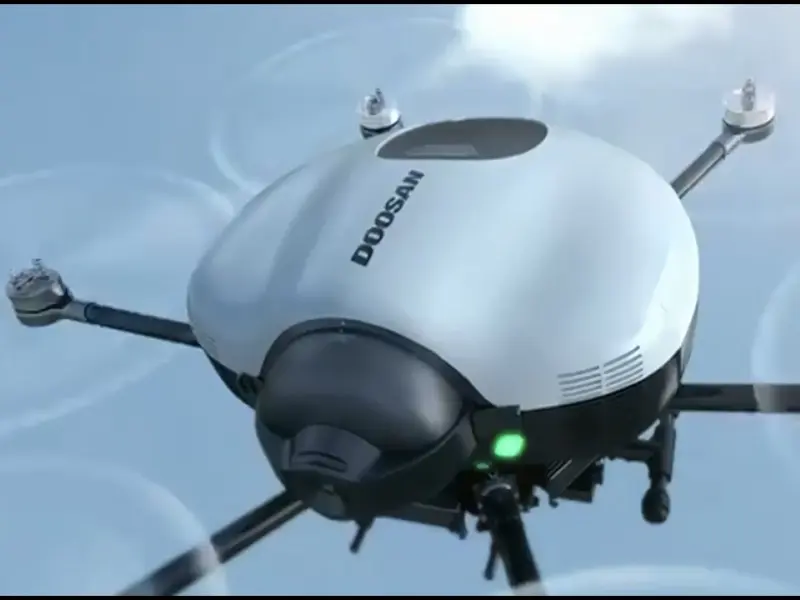Applications
Air Cooled Fuel Cells
Fuel Cells work by converting hydrogen and oxygen into electricity using a “stack” of individual cells. They are more efficient than combustion engines and have very few moving parts. Hydrogen fuel cells are increasingly being used in a variety of applications, such as forklifts, backup power, drones, and transportation applications.
One of the big hurdles with commercializing fuel cells has been the high cost. At Protonas our focus is lowering the cost to buy fuel cells, while offering world-class technology solutions. Our first offerings will be smaller, air-cooled fuel cells. These are a great fit for a number of applications; we illustrate two of them below:

UAVs / Drones are increasingly turning to battery power. These battery packs are expensive and only last 200-300 full discharge cycles. With hydrogen fuel cells, you can extend the range of a UAV or drone by 4x, greatly increasing the utility while saving opex costs by eliminating battery replacement.
Protonas is in the process of developing lightweight, low cost solutions for fuel cell drones and UAVs. Stay posted as we share details in the future!

When long duration backup power for 8-72 hours is needed, hydrogen fuel cells are an excellent solution. Protonas’ Air Cooled Fuel Cell is designed for backup power applications in the 500-2,000 watt range. The unit is designed for mounting in our outdoor cabinet. There’s room for up to 6kWh of 48VDC batteries and 4 hydrogen cylinders – up to a total of about 44kWh of backup power!